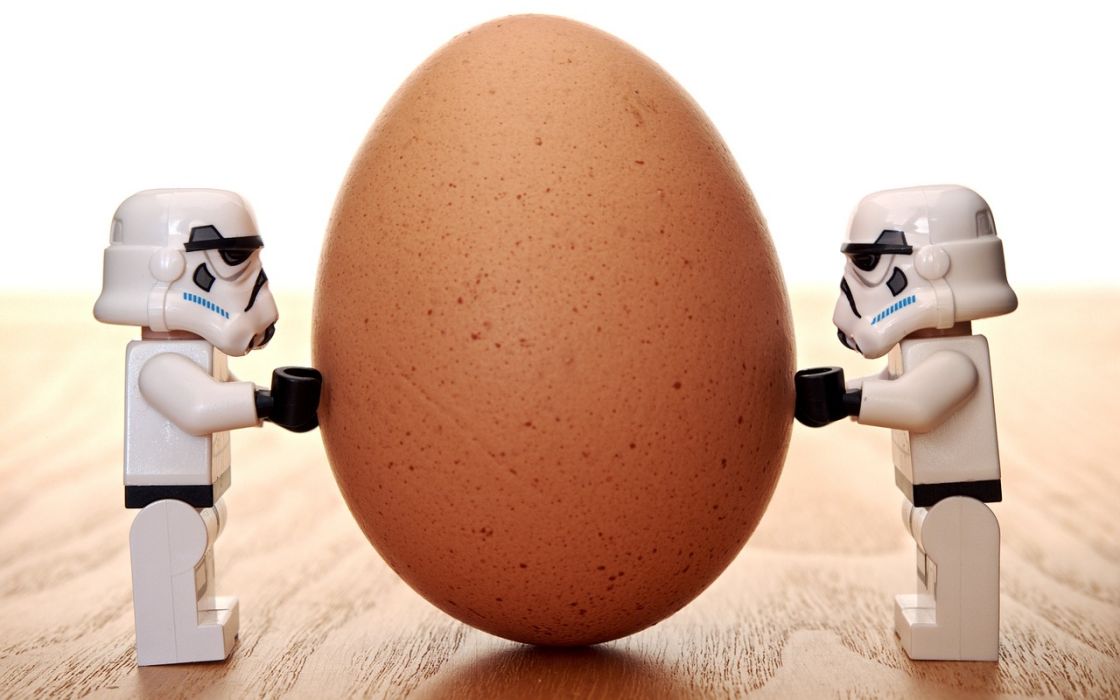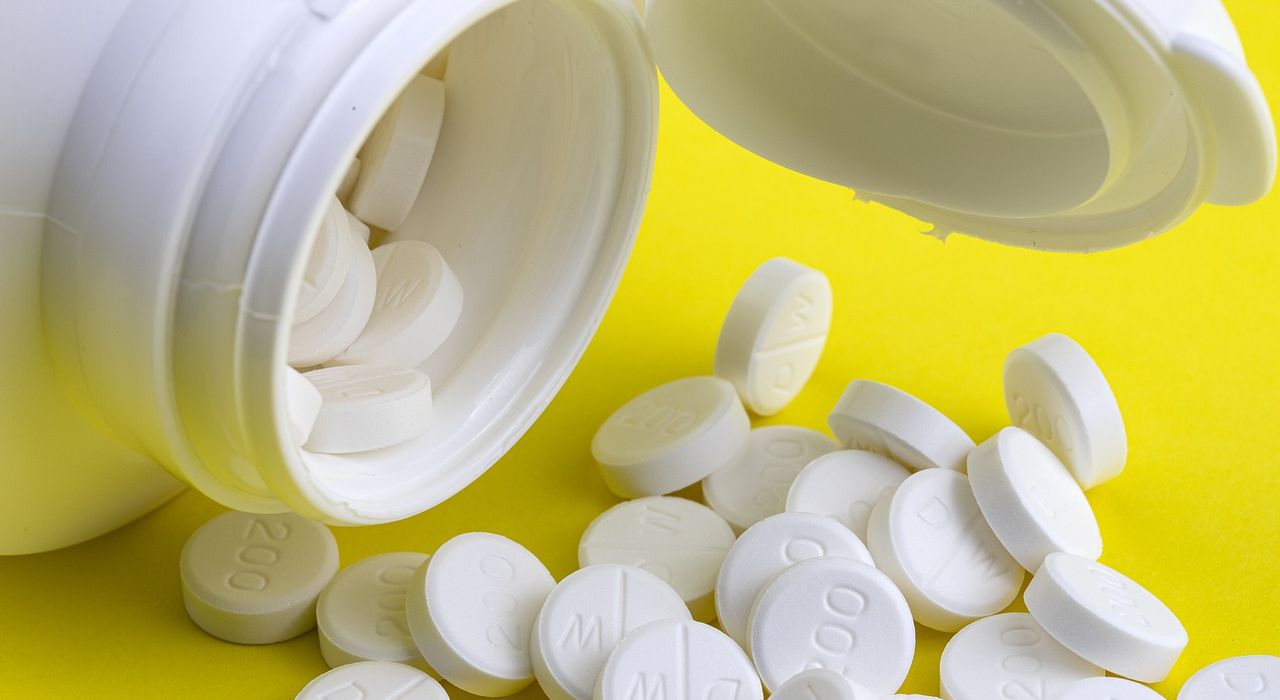In Ex parte Scheich (Appeal No. 2021-003495), the examiner rejected the claims as obvious over a combination of two references. The PTAB reversed.
Independent claim 1 recited:
A diffuser material of pore-containing quartz glass with
a chemical purity of at least 99.9% SiO2,
a cristobalite content of not more than 1%, and
a density in the range of 2.0 to 2.18 g/cm3,
whereby at least 80% of the pores have a maximum pore dimension of less than 20 μm,
wherein the quartz glass is produced synthetically,
has a hydroxyl group content in the range of more than 200 wt. ppm, and
contains hydrogen in a concentration in the range of 1017 molecules/cm3 to 1019 molecules/cm3.
The examiner found that the primary reference (Moritz) satisfied each limitation of claim 1, except for being silent about a hydrogen concentration. The examiner cited a secondary reference (Ohama) describing a similar quartz glass. The quartz glass in Ohama was made from a silica powder having a hydrogen concentration overlapping the range recited in claim 1.
The examiner took the position that it would have been obvious to use Ohama’s silica starting material to prepare the quartz glass of Moritz. The examiner found that the hydrogen concentration of the finished product would be expected to be the same as that of the starting material because “[n]o evidence is given” to the contrary, and “Ohama provides no teaching or suggestion that the hydrogen is removed from the powder prior to or during formation of the inventive quartz material.”
In contrast, the applicant argued that the finished product in Ohama would not be expected to have the same hydrogen content as the starting material. In particular, the applicant argued that the sintering process in Ohama would be expected to reduce or remove molecular hydrogen from the starting material in forming Ohama’s finished product. As evidence, the applicant cited a portion of Ohama describing that the hydrogen in the starting material “react[s] with free oxygen to form OH groups, and the OH groups are fixed in the glass to suppress pore expansion from occurring.”
The PTAB agreed with the applicant. The PTAB found that “Ohama discloses that the hydrogen in Ohama’s starting material reacts with oxygen in a way that would consume Ohama’s hydrogen, such that Ohama’s final quartz glass product would not have the same hydrogen concentration as its silica powder starting material.” In a footnote, the PTAB acknowledged that the broad range of hydrogen concentration in Ohama’s starting material might allow for significant removal of hydrogen while still satisfying the claimed range for the finished product. However, since the examiner made no findings as to an expected magnitude of the decrease of hydrogen, the PTAB reversed the obviousness rejection.
Takeaway: U.S. examiners often make inferences beyond the explicit teachings of prior art references. These inferences usually are phrased in terms of what would have been expected based on the technical knowledge of a person of ordinary skill in the art. Sometimes applicants can rebut such inferences with evidence of their own. This evidence can be provided in the form of a Rule 132 Declaration, or, as in Ex parte Scheich, by reference to portions of the applied art.
Judges: Best, Kennedy, Cashion Jr.










